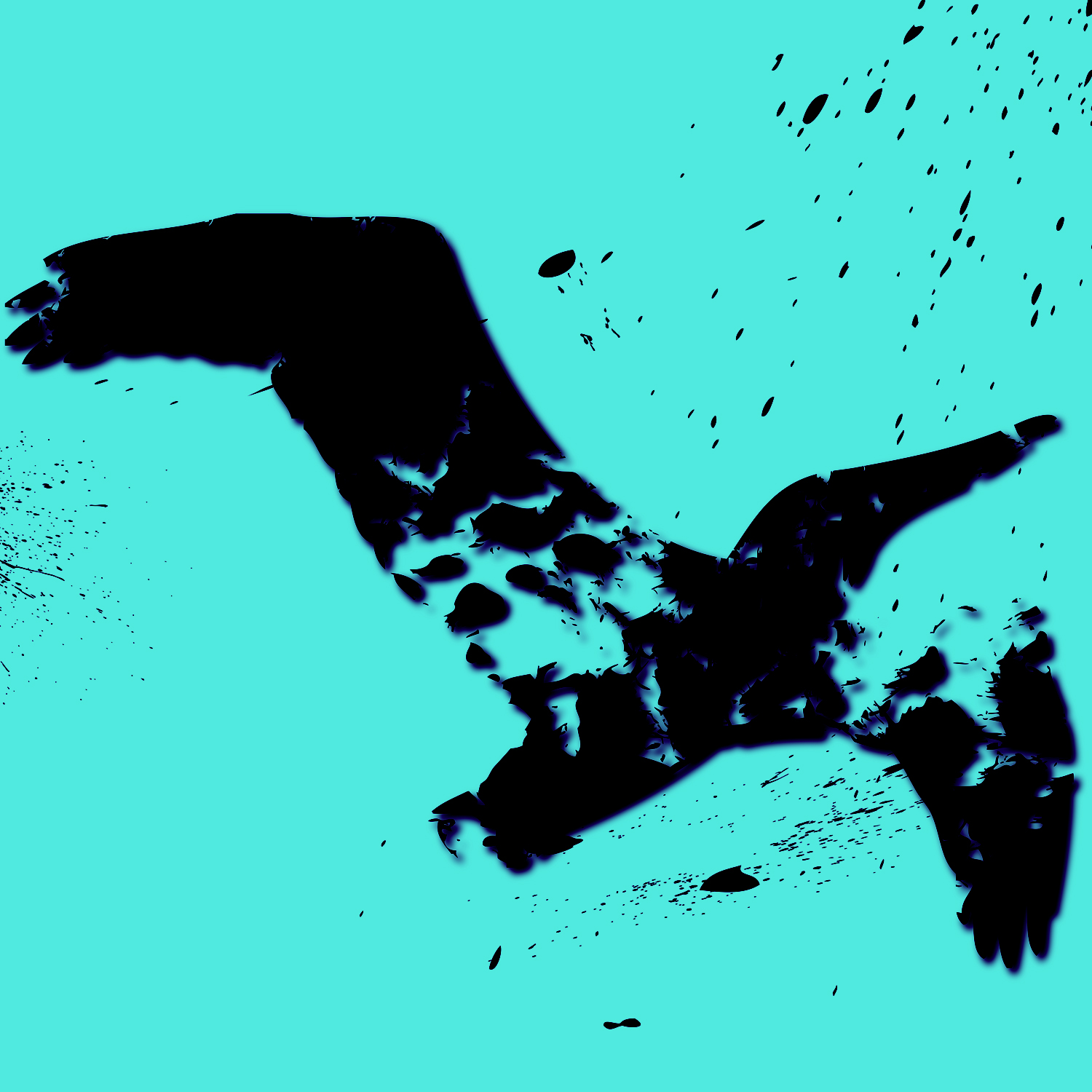More than 30,000 personnel and nearly 45,00 response vessels have been dispatched to aid in the clean up of the Gulf of Mexico oil spill. One question still looms, “What are the long term effects on the environment from the spill?”
Disaster in the Gulf: An Ecosystem Endangered was an exploration into the mechanics of what needs to be done after an oil spill has occurred; to return an ecosystem back to its original state and ensure the continuance of the fauna that inhabit the region.
The Chicago Council on Science & Technology staff and board would like to thank panelists Dr. Ilze Berzins, Ken Ramirez, and moderator Mark Westneat for their eye-opening insights, and thoughtful solutions, into what has become one of the world’s worst disasters.
As millions of gallons of oil began to leak from the Deepwater Horizon following an explosion, one of the last questions on anyone’s mind was “what do we do now?
Dr.’s Ilze Berzins and Ken Ramirez are just two, of thousands, of responders to the Gulf of Mexico oil spill. So when called upon to lend a hand in the clean-up effort, these two know exactly what to look for, and what to do.
Their individual expertise in the care of animals and their restoration to their native habitats has means the survival of countless birds, turtles, and other species in and along the affected shores.
Ramirez points out that, with due respect to the Exxon-Valdez and the Deepwater Horizon oil spills, there are far more oil spills that conventionally thought. In the last 10 years, there have been 59 oil spills, some on water and frequently on land.
Dr. Berzins, Executive VP of Animal Health and Conservation Education at Shedd Aquarium, has 20 years experience in veterinary medicine, doctoral and postdoctoral research, teaching, and establishing and managing conservation programs for public aquariums.
Speaking about the protocols of medical care needed by the animals, Dr. Berzins is one of the responders that helped to create this action plan based on reports from the site of the spill. These protocols create an efficient assembly line that cleans, feeds, and rehabilitates the affected until time comes to re-introduce them into their environment.
With hundreds, even thousands of needing care, knowing how to handle an animal and minimize the stress that it is already in is paramount. Incorrect handling can lead to further injury, and event death.
Signs of infection can come in many ways. Using the collective experience of those responders that have come before her, Dr. Berzins knows how to examine an animal to determine the degree of infection. These are:
- Skin, feathers, fur (burns, water proofing)
- Lungs, gills (aspiration, toxic fumes)
- Eyes (ulcers)
- GI tract (swallowing oil after cleaning)
- Systemic (liver, renal damage)
Each animal has its’ own file and is taken through a number tests before its first bath. In order, these tests are:
- Weight
- Blood for istat
- Heart rate
- Respiratory rate
- Check for eye ulcers
- Bathe
Ramirez, Senior VP of Animal Collections and Animal Training at Shedd Aquarium, is a biologist and animal behaviorist who also served nine years at Marineworld of Texas. Ramirez’s experience in oil spill clean-ups began in 1979 in Mexico after the PEMEX oil spill. This spill is, consequently, is to blame for sea turtles being put on the endangered species list.
As a veteran responder, Ramirez is well aware of the logistics of what the needs are when facing an oil spill. Though he muses that “every oil spill seems to be happening at breeding season.” The environment is every bit as susceptible to irreparable damage as the animal life that inhabits it.
The stages of an oil spill response are:
- Stop the spill
- Containment
- Wildlife rescue
- Clean up
- Environmental replenishment
- Investigation
But each area and each spill is different, and these differences play a large role in the efficiency of the clean up. Habitats affected include: surface waters, water columns, benthic habitats, beaches, air, estuaries etc. The impacts to the environment surrounding an oil spill includes:
- Direct contact
- Light penetration (photosynthesis)
- Spawning/nesting
- Dispersants
- Oxygen depletion
- Other gases
The once gushing-leak from the Deepwater Horizon is now capped, and there is currently a moratorium on off-shore drilling.
Though this is not the last oil spill that will happen, we can all rely on the expertise of responders like Dr. Berzins and Dr. Ramirez to know what to do and to restore nature back to its once-pristine state.
Event Details
Tuesday, September 7, 2010
Northwestern University
Chicago Campus
Baldwin Auditorium
303 East Superior Street
5pm Registration & Reception
6pm Presentation
$10 Advance Reg / $15 Door / $5 Student
Free for C2ST Members
